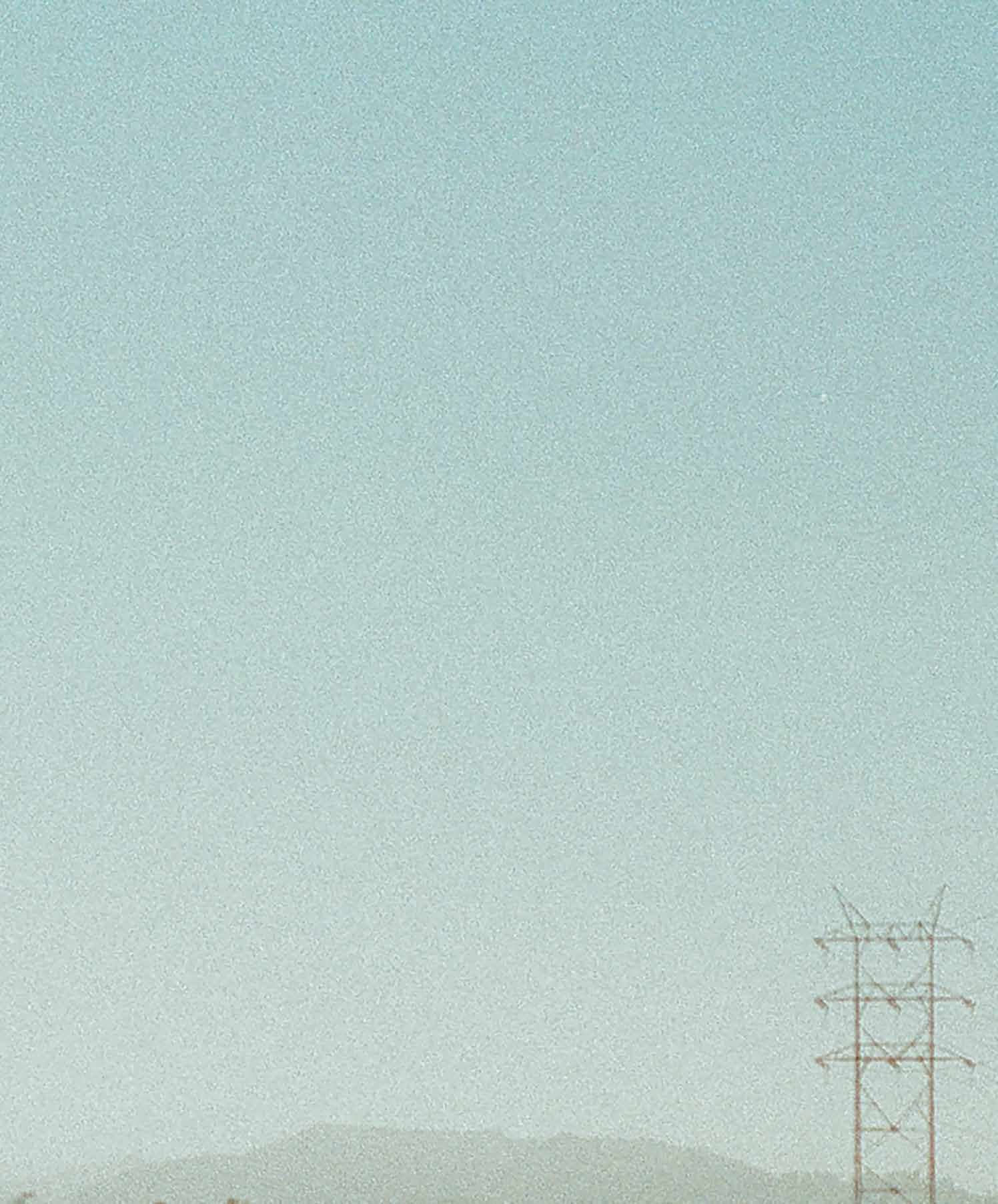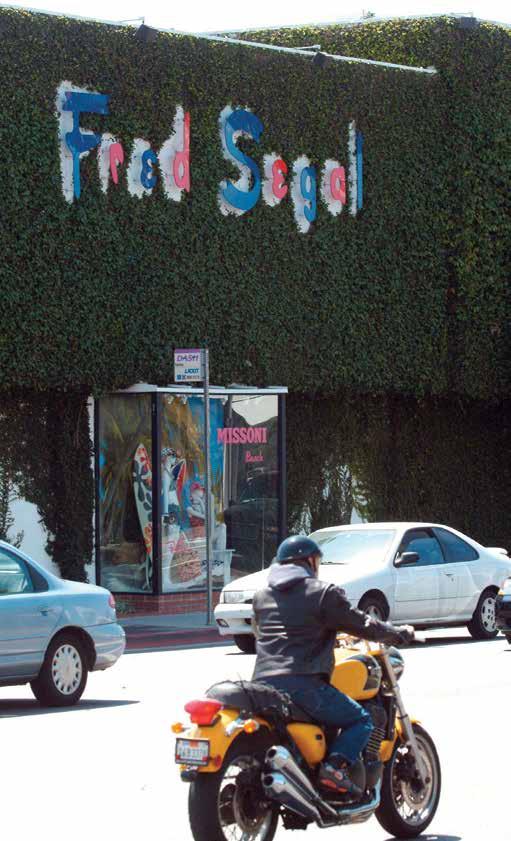
3 minute read
WEST COAST WAY WEST COAST WAY
from Rivet April 2020
California is poised to become the sustainable fashion capital of the United States.
words
_____JASMIN MALIK CHUA

llbirds. Levi Strauss & Co. The A North Face. Patagonia. Reformation. Think of an American brand with an earth-conscious bent and chances are it's roots are in California. The Golden State’s legacy of environmental protection runs deep. For decades, it has led on pollution, chemical and conservation policies that have often served as proof-of-concept models for other states and even federal authorities. John Muir's brand of grassroots activism sprang out of California, as did the organic and farm-totable movements. The concepts of “green buildings” and “wellness” started in California, too. And it was California that first required products to include cancer warnings if they contain hazardous chemicals. Even today, Sacramento plays offense on the climate-action front, not only by fighting the Trump administration's regulatory rollbacks but also by establishing emissions standards stricter than those set out by Washington. The state is working on sweeping legislations that would curb the use of single-use plastic; in 2019, it became the first state to ban fur. Part of it has to do with the way Californians simply are. (It isn’t for nothing, after all, that the Golden State still telegraphs a counterculture vibe.) Another is its geography. “California is unique in that it's close to mountains, it's close to the ocean, it's close to deserts,” said Jordan Nodarse, creative director of Boyish Jeans, a Los Angeles-based women’s denim brand that employs better-for-the-planet materials like recycled and deadstock cotton. “Everyone, even people living in cities, are very in tune with nature, with going to the beach, with going hiking and just being out and involved.” All of that lends itself to thinking about sustainability, even without the intensifying wildfires and droughts that have thrown the state’s new global-warming reality into stark relief. For the designers who live there, sustainability isn’t just a buzzword, it’s an imperative. Just think of outdoor brand Patagonia’s mission statement ("We're in business to save our home planet”), Allbirds’ self-imposed carbon tax or Levi’s pledge to cut its supply-chain emissions by 40 percent by 2025. “Californians have a very can-do, edge-ofthe-Western-world point of view,” said Lynda Grose, chair of the fashion design program at the California College of the Arts, one of the first design schools to incorporate sustainability in its curriculum. “There’s also a history of dissent and nonconformity, which I think enables thinking to go beyond the traditional fashion industry that might be more restraining on the East Coast or in Europe.” Plus, they’re also happy to share what they know. Matthew Mathiasen, a manager and buyer at the California Market Center, says collaboration over competition is almost a mantra with Golden State fashion professionals. “We see them interacting at networking mixers or in between seminars just to talk shop and be like, ‘Oh my gosh, you found a new vendor. Let’s share contacts, let’s get lunch with them,’” he said. “So it’s very much community driven out here because we want everybody to win and succeed.” In other words, if any state could lay claim to the “sustainable fashion capital of the United States” moniker, it might as well be California, where small-scale and industrial farms, textile mills and sewing factories lie in neighboring proximity. “There's an opportunity to create essentially a very small, tight geographic supply chain that would be difficult in in most other parts of the country,” said Jason Kibbey, CEO of Higg Co., the Bay Area firm that manages the Higg Index suite of sustainability-measurement tools. Indeed, New York City may have showrooms, marquee brands and flashy catwalks, but








